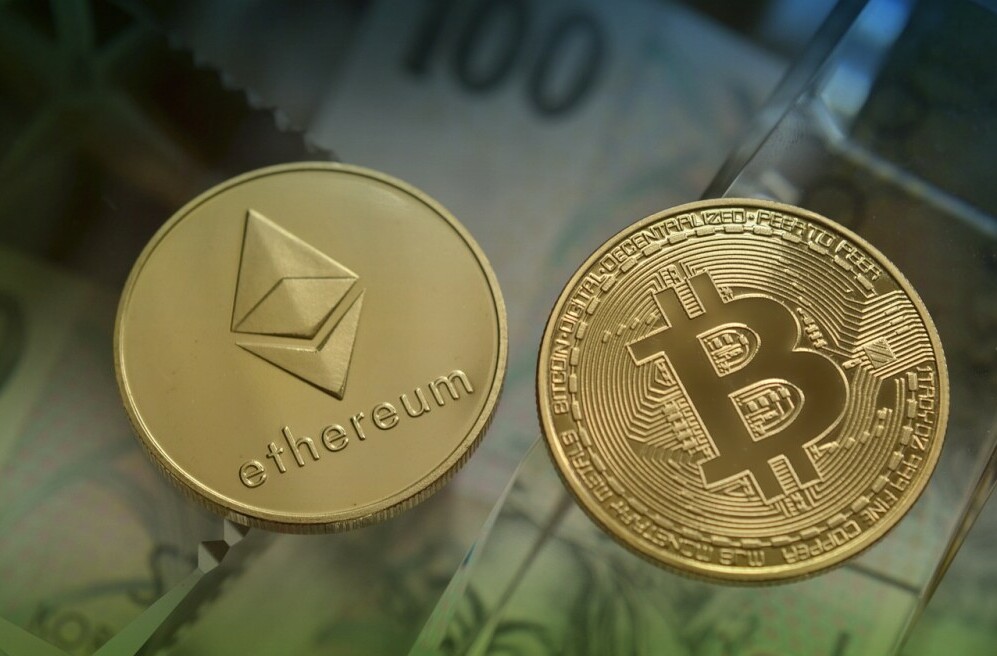In my opinion, if you’re venturing into the world of cryptocurrencies, your number one priority should be the security of your digital assets. Think of your cryptocurrency wallet like a bank vault; what good is the vault if it’s not secure or, worse, if you lose the key? That’s where backing up your cryptocurrency wallet comes in – it’s your safety net, the backup key to your digital bank vault.
You might be wondering why such precautions are necessary. Well, imagine waking up one day to find that your digital wallet, where all your cryptocurrencies are stored, has vanished due to a technical mishap, or it’s been hacked, or maybe you’ve just misplaced your access keys. Issues like these are not just probable; they’ve happened to countless individuals, resulting in significant losses that could have been avoided with proper backups.

And it’s not only about mishaps and thefts. Damage to a device, such as a phone or computer where a digital wallet is stored, can also lead to irreversible loss of access. Moving beyond hypotheticals, let’s consider real-life situations. For instance, take the story of the man who accidentally threw away a hard drive containing 7,500 bitcoins. Now, that’s a painful lesson on the importance of backups!
Ensuring your cryptocurrency wallet is backed up provides not just a recovery option, but that essential peace of mind. Knowing that your investments are retrievable in case of unexpected events is as valuable as the cryptos themselves. Now, let me guide you through choosing the right backup methods that align with your security needs and lifestyle to further solidify this safety net.
Choosing the Right Backup Methods for Your Cryptocurrency Wallet
Picking the most suitable backup method for your cryptocurrency wallet isn’t just smart; it’s a crucial part of managing digital assets. The key here is to understand the two types of wallets you might have: hot wallets, which connect to the internet and are more convenient for daily transactions, and cold wallets, that remain offline and are used for storing cryptocurrencies over the long term.
Now, let’s talk about your options. There are several methods to consider, each with its benefits and drawbacks. Writing down your recovery phrases on a piece of paper is straightforward and cost-effective but poses risks such as damage or loss. On the other hand, USB drives can store digital backup files but can be susceptible to malware or hardware failure.
For a more resilient alternative, metal backups can withstand extreme conditions, whether it’s fire, water, or age-related wear and tear. However, remember, whatever medium you choose, you need to encrypt the backup to protect against unauthorized access.
You’re also going to find out about the importance of backup frequency. Regular backups are vital, especially if you frequently transact or add new wallets. Consider how recent changes in your digital wallet would affect your financial picture if you needed to restore from a backup.
When discussing advanced security, multi-signature and seed phrase backups enter the conversation. Multi-signature setups require multiple keys to authorize transactions, adding an extra security layer, while seed phrases are a series of words generated by your wallet that give you access to your cryptocurrencies.
Every choice you make regarding your backup process can significantly impact the security and accessibility of your cryptocurrency holdings. Next, I’ll walk you through a straightforward guide on executing these backup methods, ensuring you’re well-equipped to keep your digital assets safe.
Step-By-Step Guide to Backing Up Your Cryptocurrency Wallet
Backing up your cryptocurrency wallet is one of the most crucial steps you can take to secure your investments. Just as you wouldn’t leave your physical wallet lying around, the same care applies to your digital wallet. Now, I’m going to walk you through the essentials.
First, let’s create a backup checklist. You’ll want your wallet’s latest version, access to a secure environment, and a means of recording your seed phrases or private keys. Remember, your wallet might have specific instructions for backup, so always refer to the developer’s guidance.
For hardware wallets, connect the device to your computer and use the manufacturer’s interface to initiate the backup. Choose something that resonates with you for recording the backup phrases; some prefer pen and paper, while others might use encrypted digital notes.
Software wallets often have a backup feature built right into the application. Navigate to the backup section, and securely store the seed phrase it provides. A cloud storage service with robust encryption or an external encrypted hard drive can be great options here.
Paper wallets, while considered old-school, still have their place. If you’re using one, ensure duplicating all the information accurately. I suggest creating multiple copies and storing them in different secure locations to mitigate loss from damage or theft.
Now, for a golden rule: always test your backup. This might mean importing seed phrases into a different wallet or trying to access the wallet through another app. Just don’t focus too much on perfection; your first attempt doesn’t need to be your last. You can always adjust your approach down the collection road.
Last on the list, prioritize confidentiality. Treat your wallet backups as you would a Social Security number or bank account details. Limit who knows about your backups and where they are kept. That’s the strategy I like to leverage – minimum exposure for maximum security.
Recovery and Restoration: Accessing Your Assets Post-Backup
Now, after having meticulously backed up your cryptocurrency wallet, you might be wondering about the next steps. Essentially, recovery is where the rubber meets the road. It’s crucial to know precisely how to restore your cryptocurrency wallet, should the need arise.
Restoring your cryptocurrency wallet from a backup is generally straightforward, but it does require careful attention to detail. You’ll typically use your recovery phrase, sometimes referred to as a seed phrase, which is a series of words generated by your wallet. Keep in mind that each wallet has its own restoration procedure, so I’ll walk you through the common steps and highlight what to double-check.
What happens, though, if you run into issues during the recovery process? Don’t worry too much about this because, with the right preparation, you can troubleshoot most problems yourself. Common issues include inputting the recovery phrase in the incorrect order or having to deal with outdated software versions.
Updating backups is not a one-and-done affair. The digital landscape is ever-evolving, and so should your recovery strategies. Technology changes, and occasionally, so does the need for different backup formats. Make sure your backup solutions keep pace with the dynamic world of cryptocurrencies.
Finally, consider whether you need the help of a professional backup recovery service, especially if you’re responsible for safeguarding a substantial amount of digital currency. If your backups are substantial, a service might add an extra layer of peace of mind and technical know-how.
To wrap it up, your journey with cryptocurrency is as secure as your backup practices. Regularly monitor advancements in backup and recovery solutions to stay ahead. Remember, preemptive action is your best defense against potential mishaps—because when it comes to digital assets, it’s always better to be safe than sorry.

Hi
Your article provides a thorough and practical guide to cryptocurrency wallet backups, essential for anyone serious about protecting their digital assets. By following these best practices, users can navigate the complexities of cryptocurrency security with greater confidence and peace of mind.
Engaging with cryptocurrency communities can offer insights into best practices and emerging threats. Sharing experiences and solutions can enhance the collective knowledge and security of the community.
Keep up the good work!
Thanks
Regards,
Saba
Hi Saba,
Thank you for your thoughtful comment! I’m glad you found the article on cryptocurrency wallet backups helpful. Engaging with cryptocurrency communities is indeed a great way to stay updated on best practices and emerging threats. Sharing experiences and solutions can significantly enhance the collective knowledge and security of the community.
#CryptocurrencySecurity #DigitalAssets #CryptoCommunity #BestPractices
Thanks again for your support!
Regards,
Gary